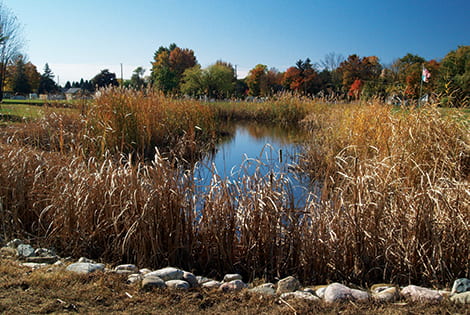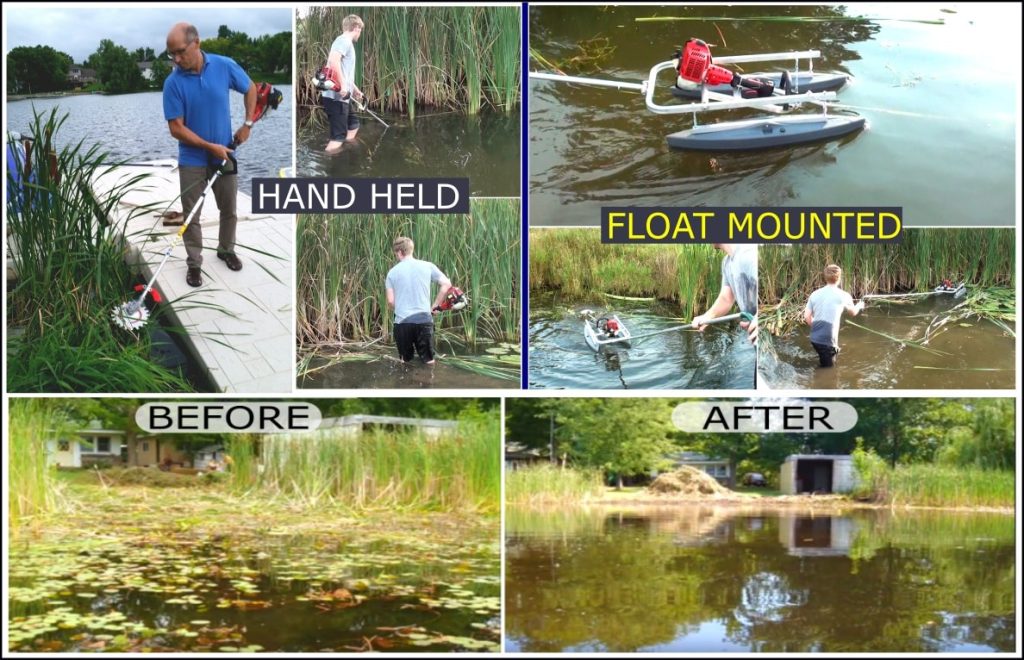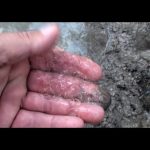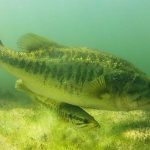Having a pond on your property can be a beautiful and serene addition to your landscape. However, if left unchecked, cattails can quickly take over a pond, causing a variety of problems. These tall, reedy plants can clog waterways, impede water flow, and outcompete other aquatic plants. Fortunately, there are several methods you can use to effectively remove cattails from your pond and restore its natural balance.
Manual Removal
One of the most straightforward methods for removing cattails from a pond is manual removal. This involves physically pulling the cattails out of the water, either by hand or using specialized tools. When manually removing cattails, it’s essential to ensure that you remove the entire plant, including the roots. Failure to do so can result in regrowth, undoing your efforts.
To make manual removal easier, consider using a weed cutter or a specialized aquatic weed rake. These tools can help you reach cattails growing in deeper water and make the removal process more efficient. Be sure to dispose of the removed cattails properly, as they can easily take root and spread if left on the shore or near the pond.
Chemical Control
If manual removal isn’t practical for your pond or if you’re dealing with a particularly stubborn cattail infestation, chemical control methods can be effective. There are several herbicides available specifically designed to target cattails and other aquatic weeds. When using herbicides, it’s crucial to follow the manufacturer’s instructions carefully and be mindful of any potential impact on other aquatic life.
Before using herbicides, check with local authorities to ensure that you are in compliance with any regulations regarding the use of chemical treatments in ponds or waterways. Additionally, be aware of any potential risks to non-target species and take steps to minimize any adverse effects on the pond’s ecosystem.
Biological Control
Another approach to managing cattails in a pond is through biological control methods. This involves introducing natural predators or competitors to the cattails, such as certain species of insects or fish, that can help keep their growth in check. While biological control methods may take longer to show results compared to manual or chemical methods, they can provide a more sustainable, long-term solution to cattail management.
Before implementing a biological control strategy, it’s essential to thoroughly research the potential impact on the pond’s ecosystem and consult with experts to ensure that the introduced species will not cause unintended harm to native flora and fauna.
Preventive Measures
Once you have successfully removed cattails from your pond, it’s important to take preventive measures to minimize the likelihood of their return. Regular maintenance, such as removing any new cattail growth as soon as it appears, can help prevent a reinfestation. Additionally, promoting a diverse and healthy aquatic ecosystem in your pond can help naturally suppress cattail growth.
Introducing a variety of native aquatic plants and ensuring proper water circulation and aeration can create an environment that is less conducive to cattail proliferation. Maintaining the balance of the pond’s ecosystem is key to preventing the unchecked growth of any single species, including cattails.

Credit: www.thepondguy.com

Credit: www.youtube.com
Conclusion
Removing cattails from a pond can be a challenging but ultimately rewarding endeavor. By utilizing a combination of manual, chemical, and biological control methods, along with implementing preventive measures, you can effectively manage cattail growth and restore the natural beauty and balance of your pond. Whether you prefer hands-on approaches or more environmentally friendly methods, there are options available to suit your specific needs and preferences.
Remember to always prioritize the health and integrity of the pond’s ecosystem when implementing any control measures, and seek guidance from local experts if you are unsure about the best approach for your particular pond. With patience and persistence, you can successfully remove cattails from your pond and enjoy a thriving, harmonious aquatic environment.





